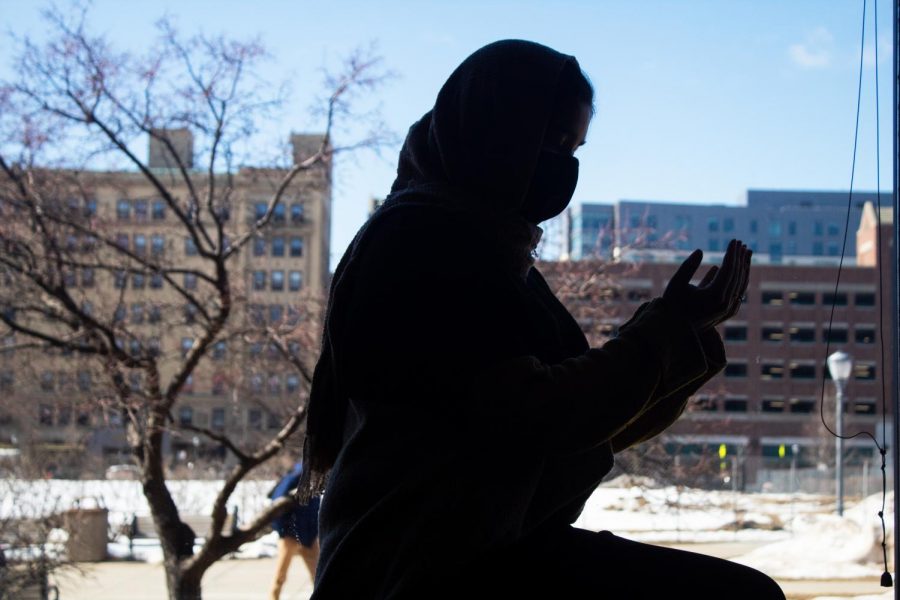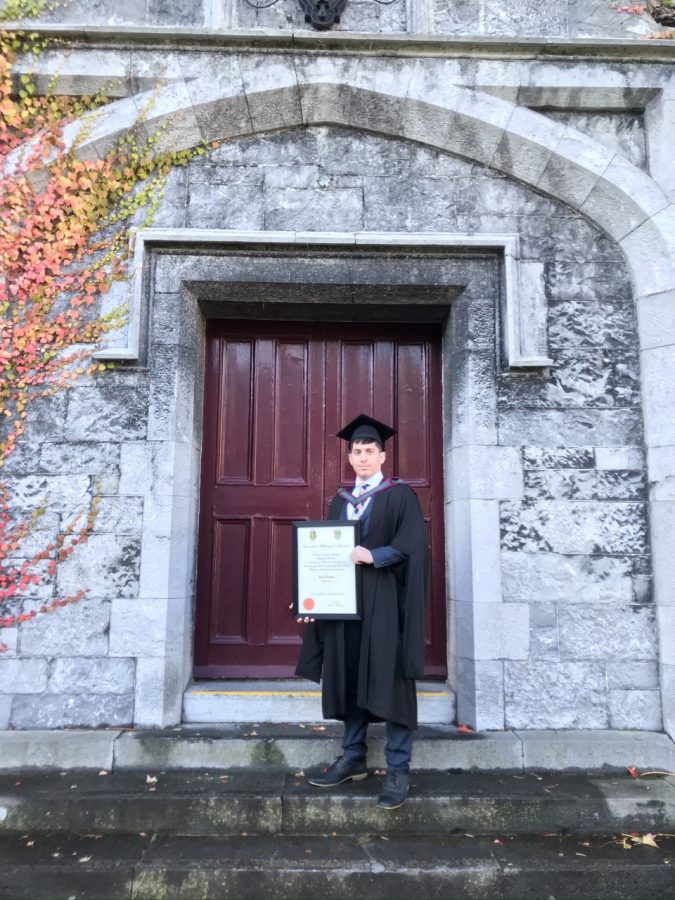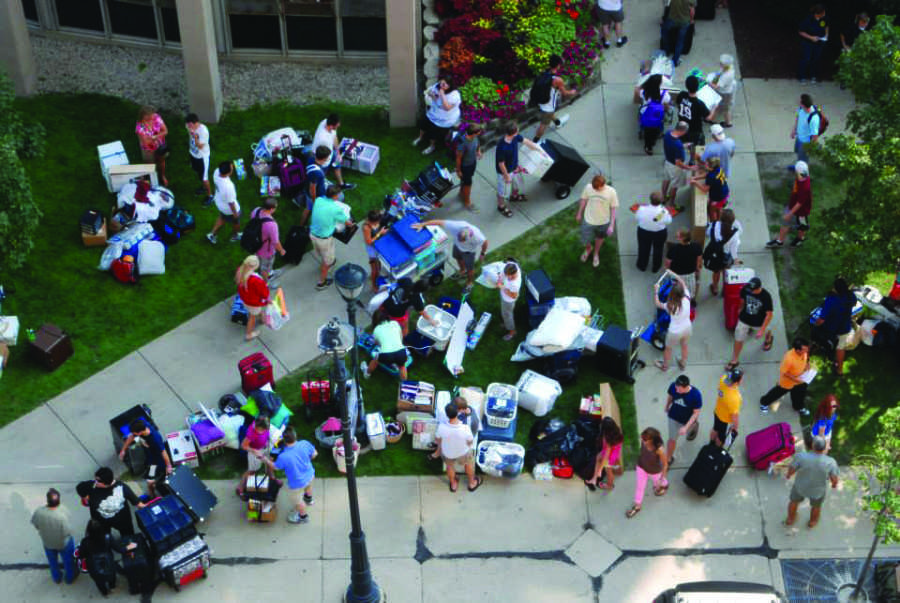Preliminary data reveals a five percent increase in international students for this year’s freshman class, according to Michael Groen, assistant director of the Office of International Education.
The class of 2017 includes 610 non-immigrant students, meaning they are not a U.S. citizen or permanent resident. Most have either a F1 visa (student visa) or a J1 visa (exchange visa).
Numbers from past years indicate an upward trend in international students on campus. In 2011, 546 students came from abroad. In 2012, the number increased to 582. The 610 international students for 2013 represent approximately 35 countries.
Groen said Chinese students make up the largest single group.
“There’s a strong interest in studying in America for Chinese students,” Groen said. “The U.S. is generally recognized as having the best higher education system.”
A degree from a foreign university has more weight than Chinese universities, according to Daniel Meissner, a Marquette history professor knowledgeable in Chinese culture. Meissner also said studying abroad in the U.S. eliminates the need to complete the Gaokao, a nine-hour college entrance exam required to gain admission to China’s universities.
“Many Chinese parents encourage their child to study abroad,” Meissner said. “It relieves them from the pressure-cooker environment of the Gaokao and frees up their time to study English.”
The number of Chinese students taking the Gaokao has fallen for the past five years while the number of Chinese students studying abroad has spiked. In the U.S. alone, there has been a 23 percent increase in Chinese students, according to Global Post.
Mengting Zhuang, a sophomore in the College of Business Administration from Suzhou, China, knew she wanted to study in America to become fluent in English.
For Wenbin Tang, a freshman in the College of Business Administration from China’s Hunan province, Marquette stood out against other colleges across the nation because of its business program.
“America is (the) business center of (the) world,” Tang said. “(Marquette) has a strong business program, so as a business major, this was good.”
It is not just academics drawing Chinese students halfway across the world to Wisconsin. Zhuang and Tang said scholarships, basketball and even the Midwestern weather were reasons they decided to attend Marquette.
The Office of International Education also tries to emphasize the Jesuit environment on campus. Groen said the office highlights cura personalis, the Core of Common Studies and a strong liberal arts program to prospective students during the international recruiting process.
Groen also said international recruiters keep a list of contacts at key high schools that are determined by reputation and professional networks. Groen and others send out mailing lists and have current international students talk with prospective students.
“In a way, the international recruiting process is similar to the domestic process, only we compete internationally,” Groen said.
Sometimes, though, the recruiting process is a little less formal. Meissner said he talks to prospective students and hands out “We are Marquette” signs when he happens to meet them while leading study abroad trips.
The Tribune will publish more information about the rise of international students when official data is released in early October.






Lance • Sep 12, 2013 at 5:10 pm
A
new award-winning worldwide book/ebook that helps anyone coming to the US is “What Foreigners Need To Know About
America From A To Z: How to Understand Crazy American Culture, People,
Government, Business, Language and More.” It paints a revealing picture of
America for those who will benefit from a better understanding, including
international students. Endorsed worldwide by ambassadors, educators, and
editors, it also identifies “foreigners” who became successful in the US and how
they contributed to our society, including students.
A chapter on education identifies schools
that are free and explains how to be accepted to an American university and
cope with such things as a new culture, friendship process and classroom
differences they will encounter. Some stay after graduation. It has chapters
that explain how US businesses operate and how to get a job (which differs from
most countries), a must for those who want to work for an American firm here or
overseas. It also has chapters that identify the most common English grammar
and speech problems foreigners have and tips for easily overcoming them, the
number one stumbling block they say they have to succeeding here.
Most struggle in their efforts and need
guidance from schools’ international departments, immigration protection, host
families, concerned neighbors and fellow students, and books like this
to extend a cultural helping hand so we all have a win-win situation. Good luck to all wherever you study!